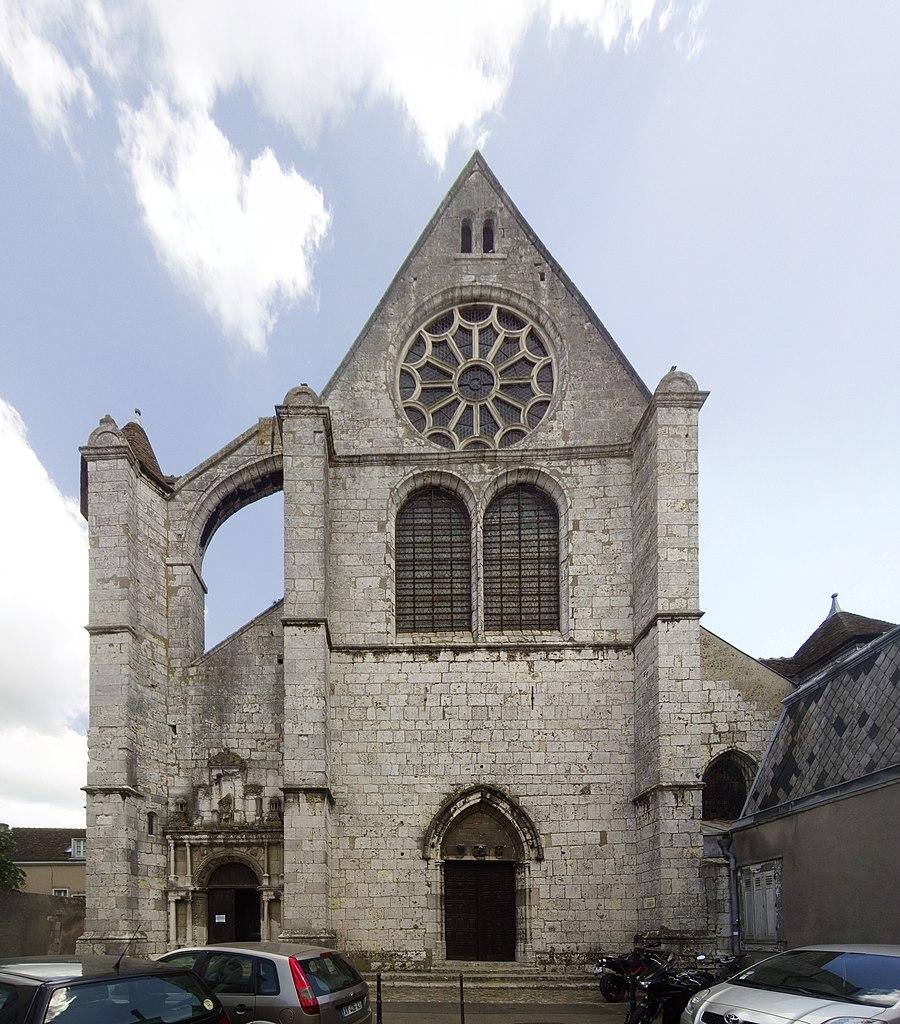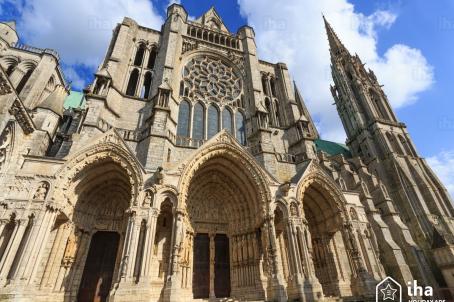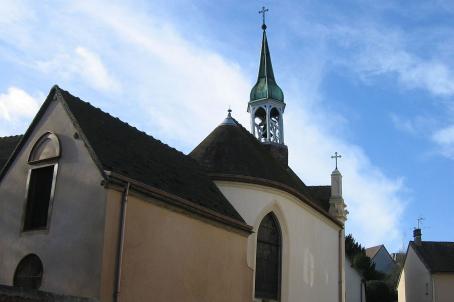Église Saint-Aignan
The church of Saint-Aignan owes its name to the bishop of Orléans around 400, when a pre-Romanesque church already stood there, later replaced by other buildings which were burnt down in the 11th century and again in 1262. The crypt, well lit by windows overlooking the Rue Saint-Pierre below, dates from the end of the 15th century, but the present building dates from the early 16th century. The turret on the left dates from the 16th and 17th centuries. The church of Saint-Aignan was the parish of the counts of Blois and Chartres.






